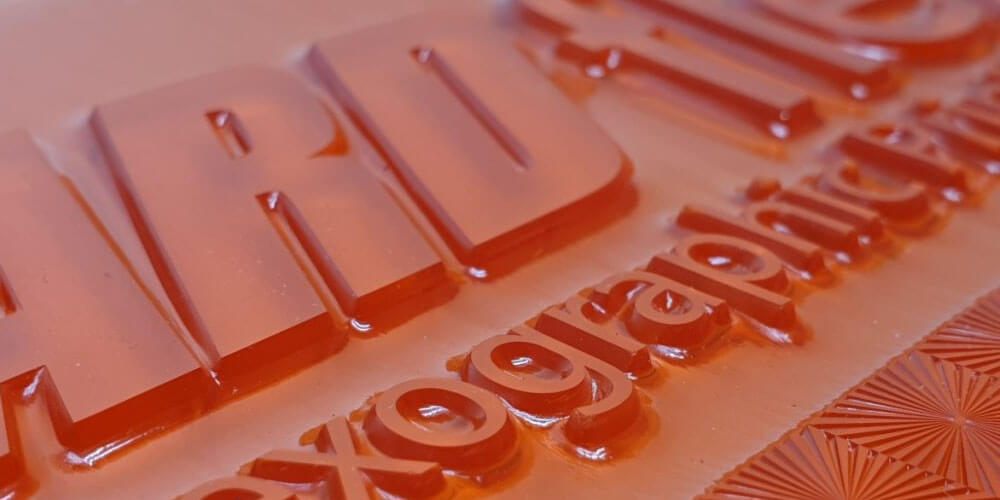A flexo printing plate is a light-sensitive plate (photopolymer) used to transfer ink to a substrate during printing. There are different ways of processing these plates: digital, traditional, and thermal flexo plate processing. Note, the plates’ specifications vary depending on the process used, but one thing that should remain constant is the methods to maintain them. In this extract, we discuss the tips for maintaining a flexo printing plate.
Tips for Maintaining a Flexo Printing Plate
1.Relief Depth
A plate has two sides, the bottom side, the floor of the plate, and the upper side, also known as the printing surface. This is the side that the prints appear. The difference between the two sides is what is known as the relief depth. The depth varies with each plate depending on the thickness. Each plate thickness has a recommended depth that should get considered for you to produce a high-quality plate.
2. Quality of Image
The original image plays a significant part in determining the quality of the flexo plate. Whether the processing machine uses a digital or traditional plate, the final product will match the original one. If the quality is poor, the end product will also be of low quality and vice versa. When using film to develop traditional plates, the film density must be kept over 4.0. The digital plates, the imager should get checked to ensure the focus and settings are okay. Lastly, the test should be done periodically and, most importantly, done by an expert.
3. Drying Process
Using flexographic plates before they are completely dry shortens their life span and leads to poor registration. The plate is an essential part of the printing process as it transfers ink to the printing material. A wet plate appears swollen due to solvent retention. Certain factors may cause a plate not to dry completely, such as poor air circulation in the dryer or removing the plate from the dryer earlier than intended.
4. Conditions of Exposure
The printing room should be kept clean, free from dust and dirt. These slowly damage the plates, reducing their life. Also, the plate has two UV bulbs that need to be checked regularly and also replaced. Weak bulbs may extend the exposure time but lead to widened plate shoulder angles, damaging the flexo plates.
5. Saturation of the Polymer
The plate making solvents use water or hydrocarbon solvent to wash away excess polymer found in the plates non-printing areas. During this process, the polymer solids are contaminated, and how saturated they determine the plate’s quality. The concentration of the solids should be kept below 6%. The machines should also be cleaned often to remove all-polymer particles that may build up over time.
6.Plate Handling
The plates are delicate and fragile; hence should be handled with care. A plate should not be folded, placed on sharp objects, exposed to harsh chemicals or direct sunlight.
Conclusion
The factors discussed above are essential and should be considered when maintaining the plate’s quality. Remember, when plates are well maintained, your printing quality will always be top class, and lastly, the very plates will last long.
